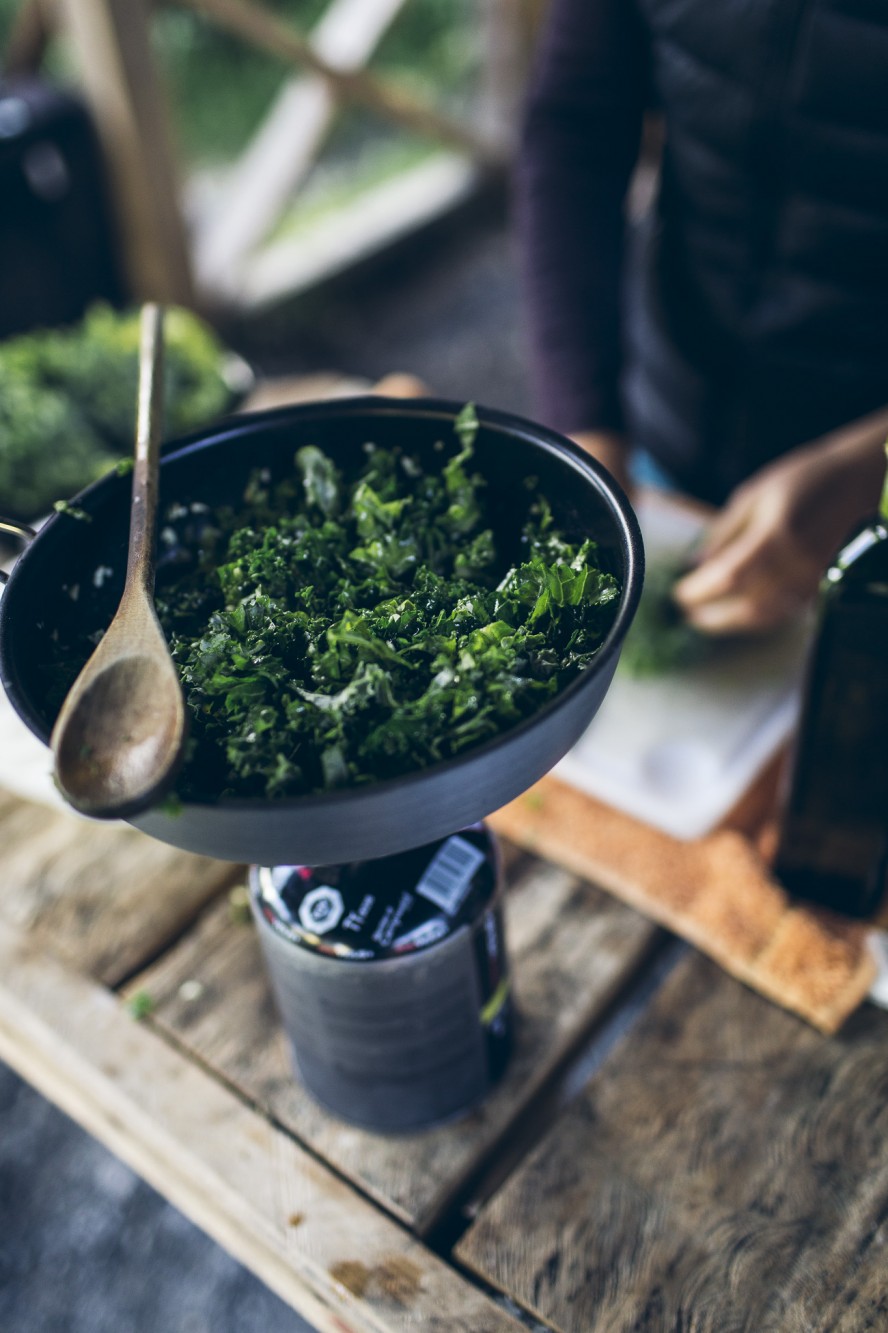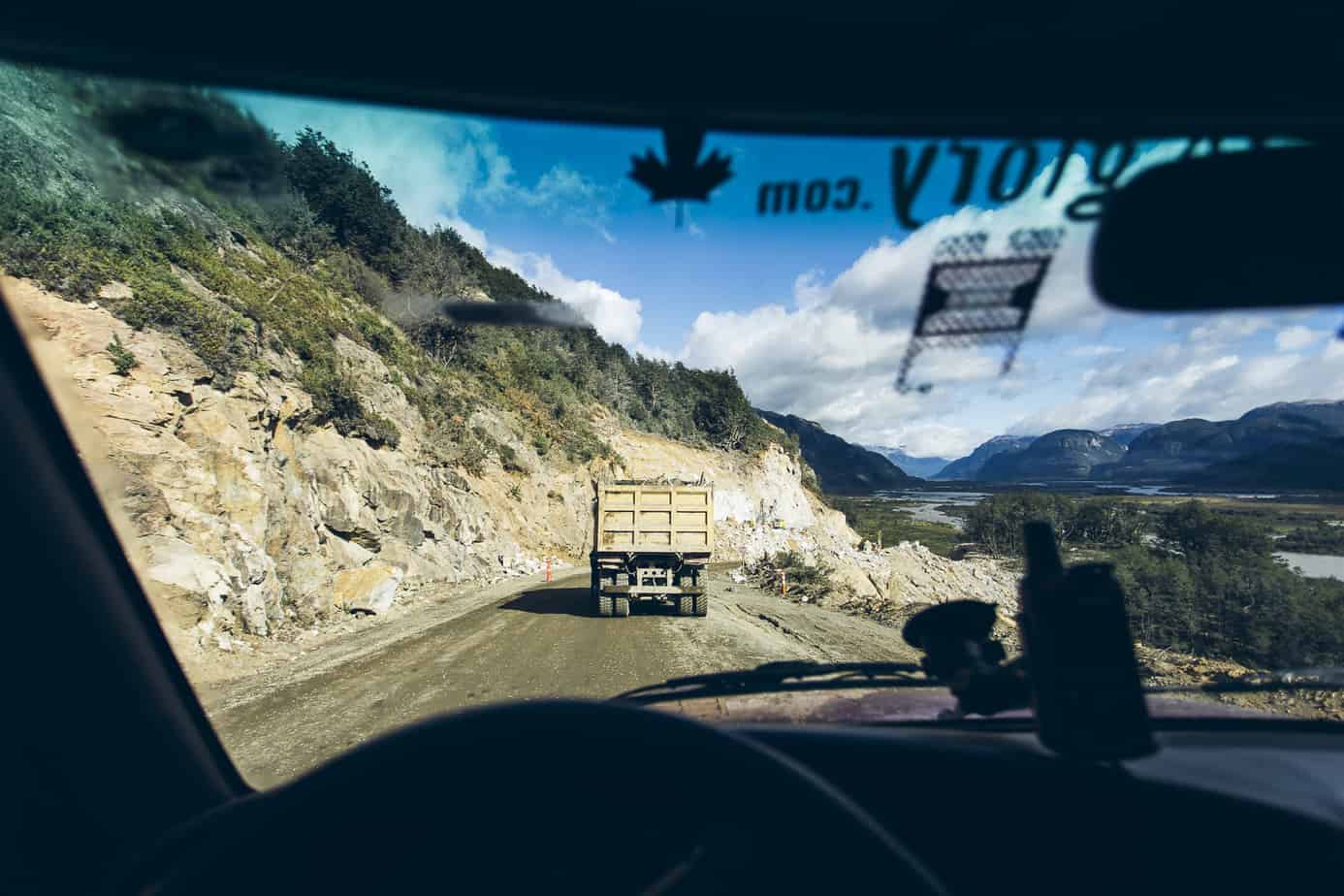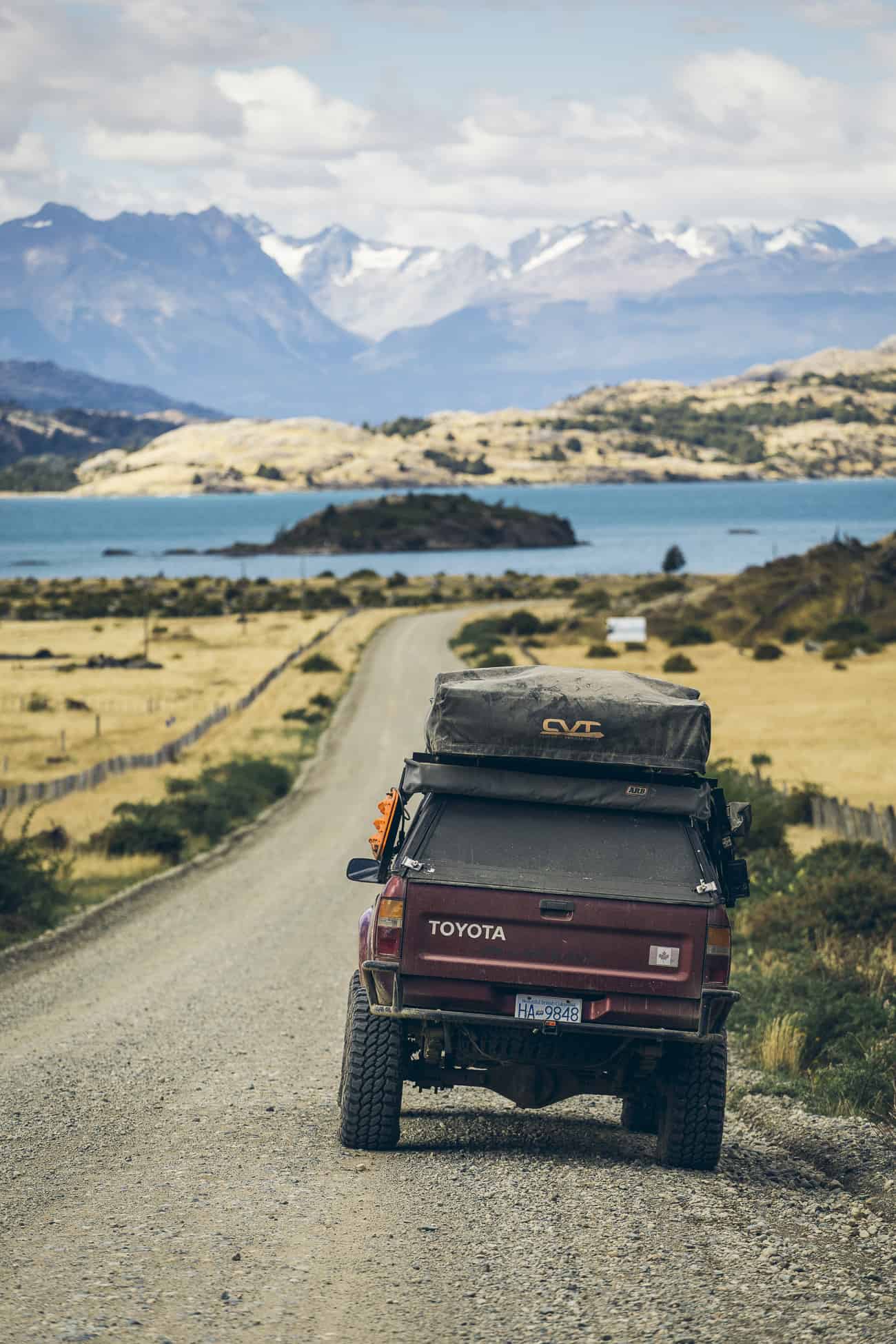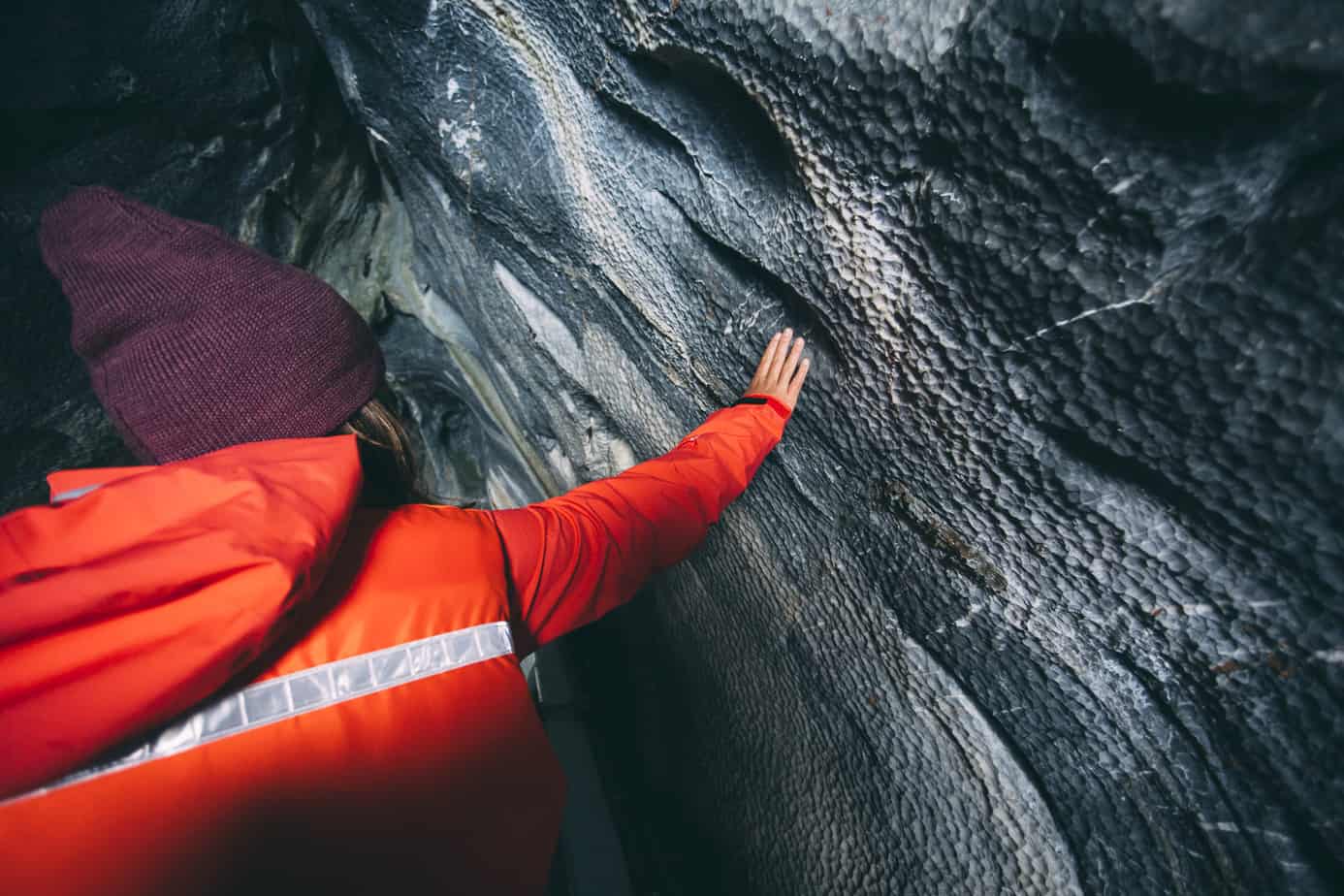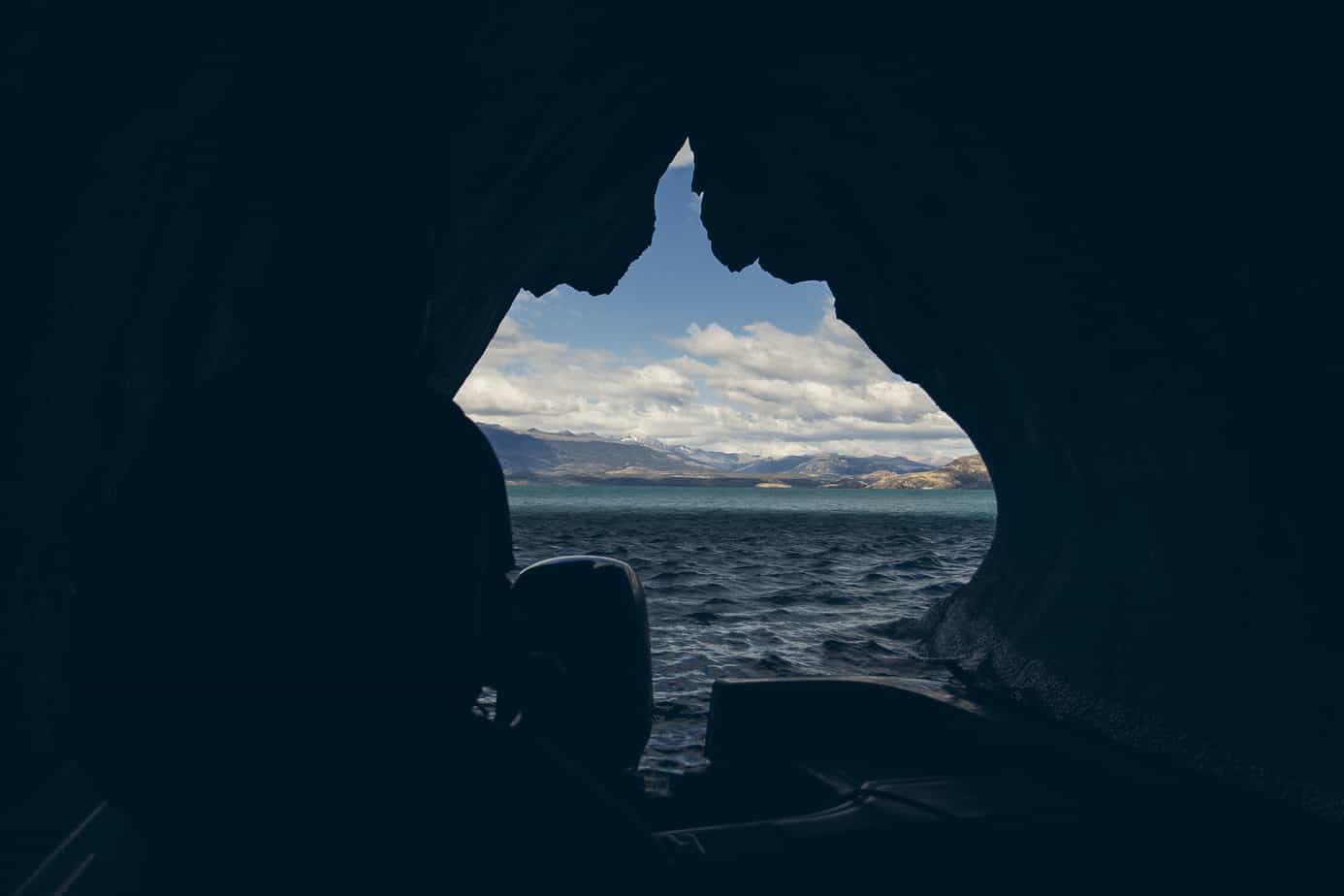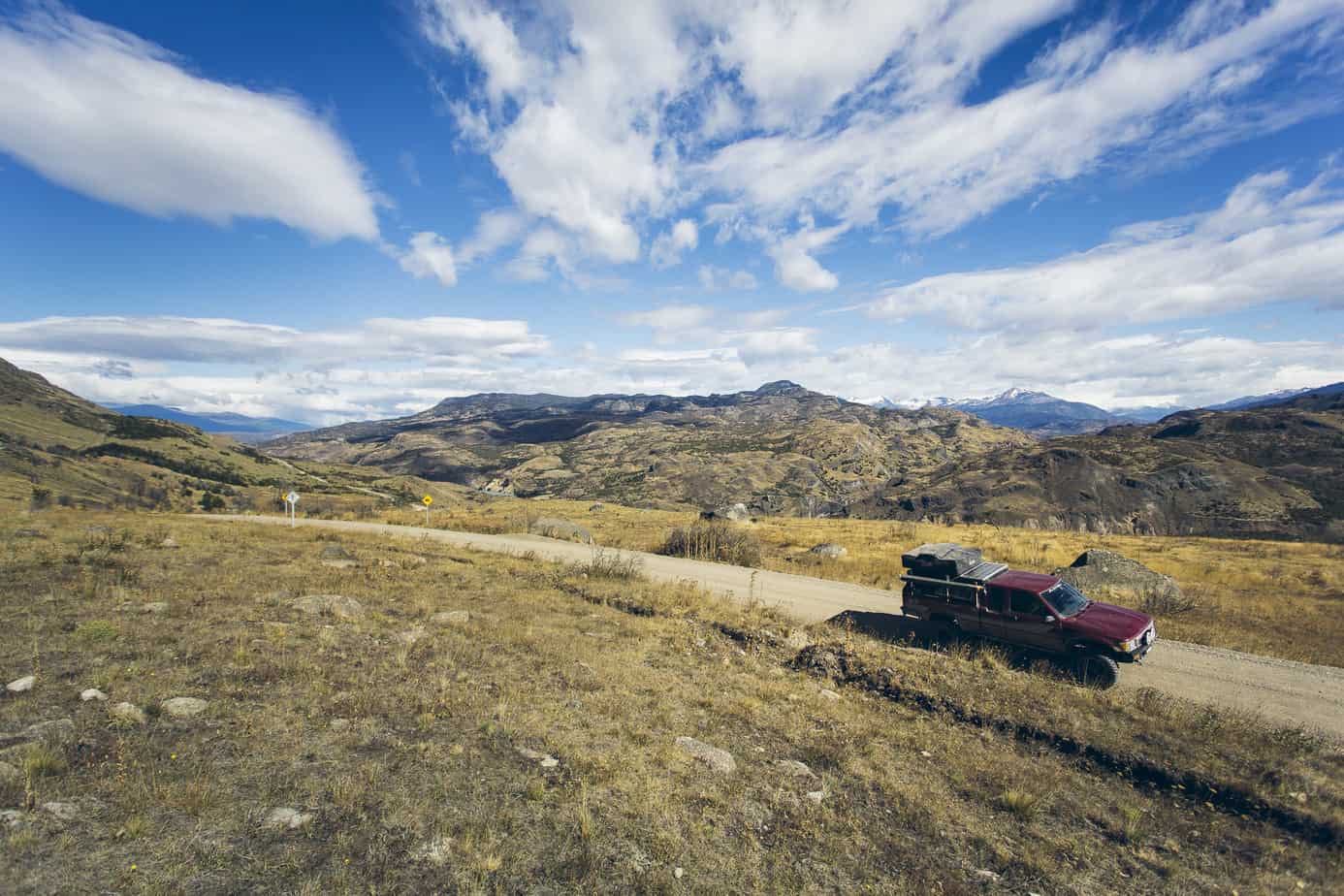The Carretera Austral (otherwise known as Chile’s Route 7 and translated as “Southern Road”) is a highway that runs from Puerto Montt to Villa O’Higgins over a span of 1,240 kilometres through Northern Patagonia. In 1976, Chilean dictator Augusto Pinochet (What a guy! Check out this Wikipedia article for his messy history) ordered the army to commence construction of the road. Prior to the road’s construction the region was completely isolated, undeveloped and disconnected from the rest of the country. It is unclear what motivated Pinochet to put the wheels in motion on this project, but connecting these remote areas to the mainland of Chile was his main justification for the huge investment.
It is estimated that 10,000 members of the Cuerpo Militar del Trabajo (CMT), or Military Workforce, plus an equal number of civilians spent over 20 years in remote geographic locations and harsh weather conditions building the road. This was done without machinery and mostly by hand because access was so difficult—the region is characterized by thick forests, mountains, glaciers, fjords, marshes, lakes, rivers, and valleys. Machinery could only be used after the most difficult work was completed. In Chile: The Carretera Austral: A Guide to One of the World’s Most Scenic Road Trips, the authors provide some statistics:
- financial cost is estimated at $300 million USD
- 3 kilometres of bridges were constructed
- over 4 million cubic metres of rubble was removed
- 8 million cubic metres of rock was blasted, using half a million kilos of explosives
The authors note that the workers were entitled to 10 days of rest for every 3 months of work, and camps were primitive with dirt floors despite the freezing temperatures. At least 25 lives were lost during the construction.
It is important to note that in this part of Patagonia, there is more of a pro-Pinochet sentiment. Serious human rights convictions and embezzlement aside, Pinochet’s construction of this road brought electricity and services to those in extremely remote locations. Whether or not this is a good or bad thing we will never know—only those living in the region before and after Pinochet’s reign could tell you.
The highway opened to traffic in 1998 and the last 100 kilometres to Villa O’Higgins were completed in 2000. We saw a ton of construction work during our drive, mostly preparing the remainder of the gravel roads for paving.
For more reading on the subject check out Chile: The Carretera Austral: A Guide to One of the World’s Most Scenic Road Trips, by Hugh Sinclair and Warren Houlbrooke (as mentioned above) and The Dictator’s Highway, by Justin Walker.
The first two days on the Carretera Austral involved boarding three ferries in order to hop from one land mass to the next. Fortunately for us, we were heading into Patagonia at the end of high season so we didn’t need to make any ferry reservations online ahead of time. First, we caught the La Arena Ferry to Puelche. The scenery during the ferry ride reminded us of home—clouds moving over tree-filled mountains and the fresh smell of salt water in the air.
After disembarking the ferry we made our way overland to Hornopirén, where we would spend the night.
The next morning, we boarded another ferry from Hornopirén to Leptepú, made the quick drive overland to the next ferry at Fiordo Largo, and from there sailed to Caleta Gonzalo. Whew! With three ferries in 2 days under our belts we were looking forward to being on dry land for awhile.
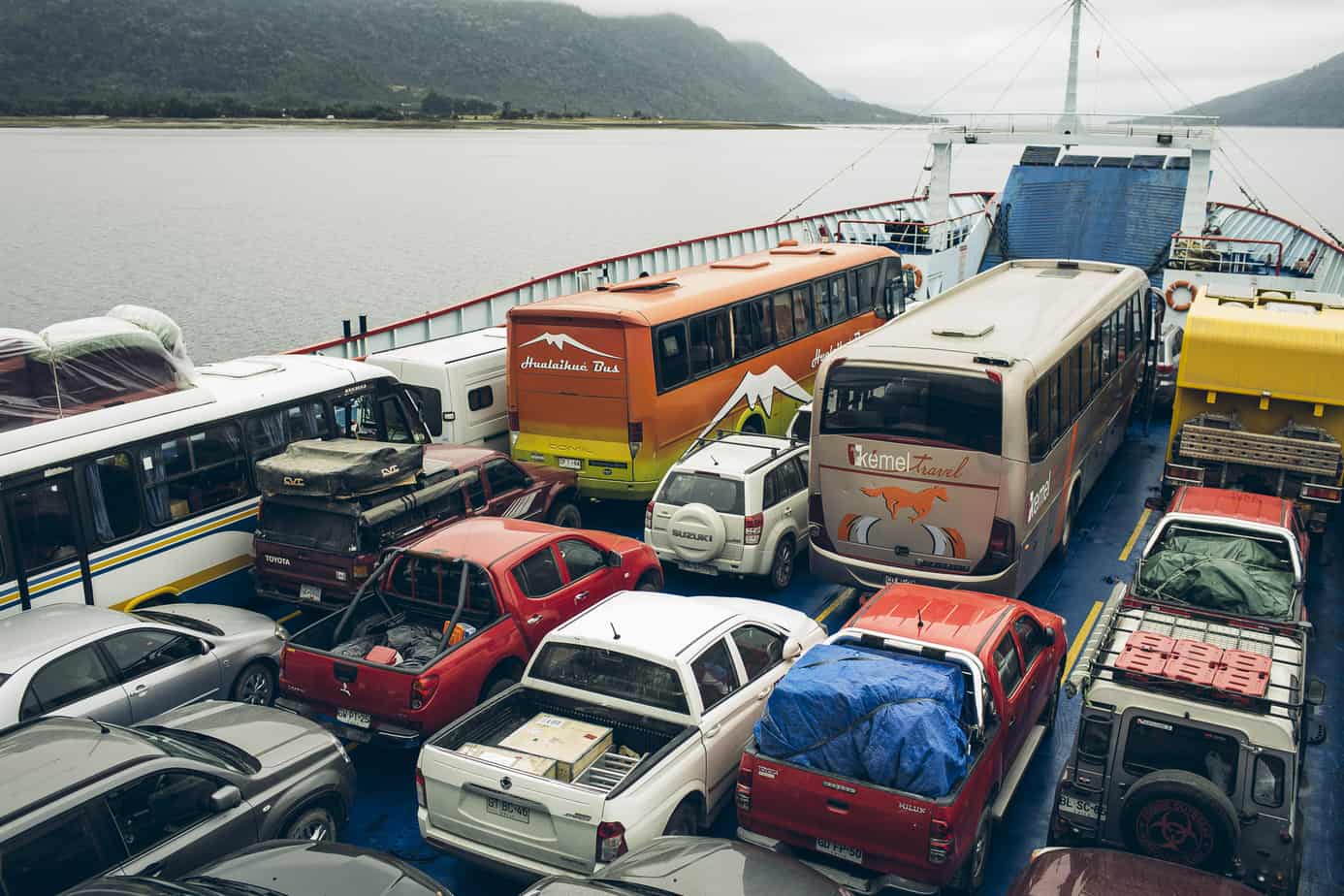
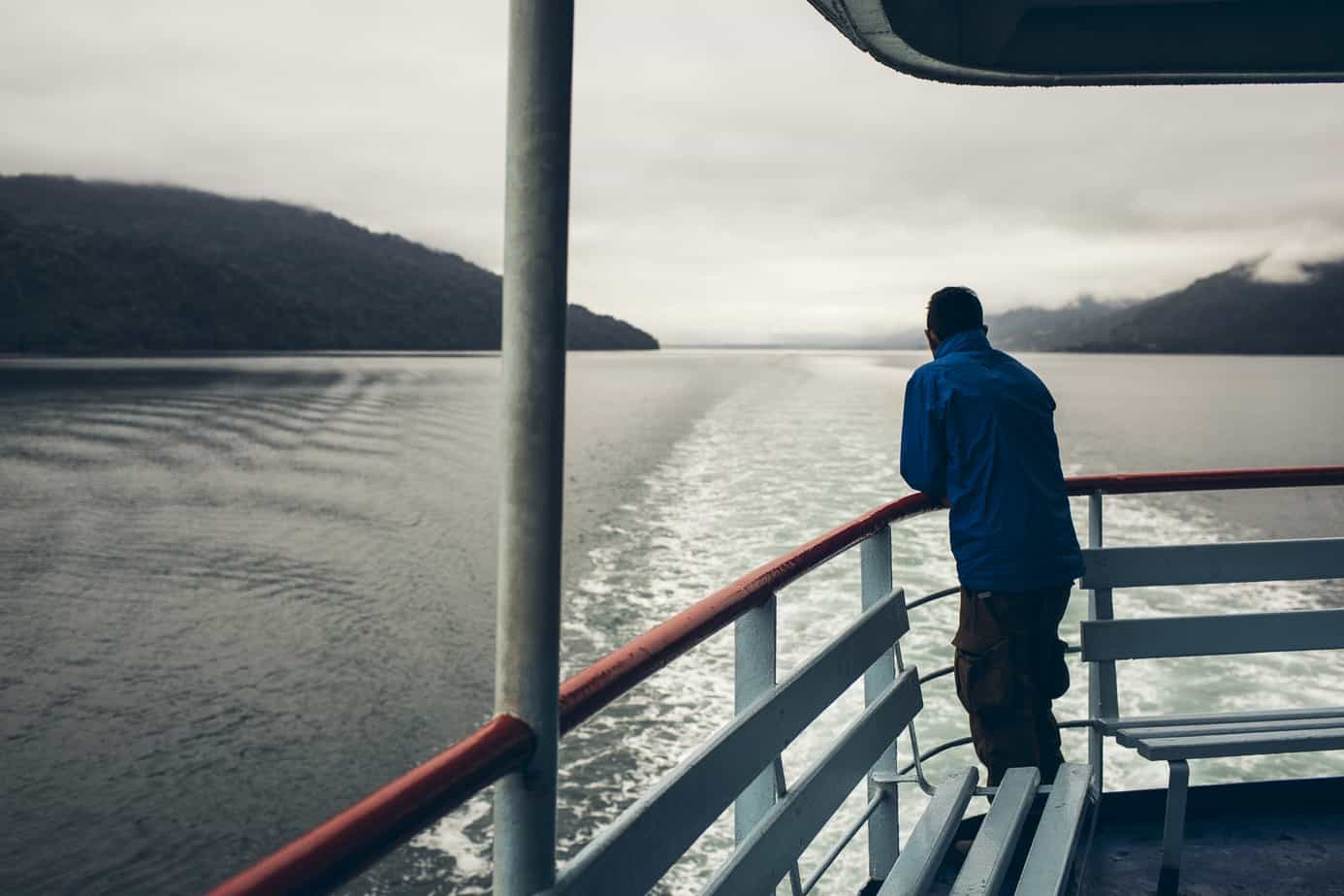
Our first main stop on the northern end of the Carretera Austral was Parque Pumalín, a private nature reserve created by The Conservation Land Trust. This trust was established by an American man named Doug Tompkins, whose lengthy history and legacy remains to this day a crucial part of conservation efforts in Patagonia. His story is a fascinating one. In 1964, he and his wife founded The North Face clothing company. At that time, it was a small operation offering rock climbing and camping equipment via mail order. The first North Face retail store opened in 1966. In 1968, he set off with some friends and fellow rock climber Yvon Chouinard on a 6-month road trip down the Pan American Highway from which they put together an adventure film called Mountain of Storms, capturing their achievement of establishing the first climbing route up Mount Fitz Roy in Argentina.
Upon returning to America he co-founded the clothing company Esprit, which he was involved in running until the early 1980s. He became increasingly concerned with the environmental impact of the company and viewed his involvement as pushing a consumerist society. By 1994, he sold his interests in the company, moved to Chile, and bought and conserved over 2 million acres of wilderness in Chile and Argentina. He founded the Foundation for Deep Ecology and The Conservation Land Trust. His first major conservation project was Pumalín Park.
From Wikipedia:
In the next decade, The Conservation Land Trust added another 700,000 acres (280,000 ha) in nearly contiguous parcels to create Pumalín Park, which eventually stretched from the Corcovado Gulf to the Andes mountains, over an area of 800,000 acres making it the largest reserve in the world. In 2005, then-President Ricardo Lagos declared this area a Nature Sanctuary, a special designation of the Chilean state, granting it additional environmental and non-developmental protection.
Sadly, on December 8, 2015, Tompkins was kayaking with a group in southern Chile when strong waves caused his kayak to capsize. He later passed away in the hospital from hypothermia and was laid to rest in the cemetery in Parque Pumalín. The Chilean government announced that the park will receive national park designation in March 2017.
Doug Tompkins’ dedication and commitment to environmental conservation have created something wild and beautiful, and one of the best things about it is that it is protected. In a world where everything seems to have been touched by the hand of man, nature can run wild, be enjoyed, and continue to live on for generations to come.
Upon our arrival to the park we tackled the quick Cascadas Escondidas hike, one of many in the park, as the trailhead was conveniently located within our campsite. We clambered over steps made from cut trees, inhaled the negative ions at the waterfall sites, and enjoyed the lush green foliage of the Chilean temperate rainforest.
Camping in Parque Pumalín was a great break from the usual with its excellent infrastructure. Mornings were dewy and cool, resulting in a layer of condensation on our tent canvas and a lack of motivation to leave our newly purchased flannel bed sheets. The sun quickly dried up the dew turned to steam, rising from the tent and surrounding plant life. Plump birds with red and yellow chests jumped and flew in and out of our campsite. Ahh, paradise.


Much of the Carretera Austral is now paved but we did have some sections of washboard and gravel.
We camped in Queulat National Park and had to visit the park’s main attraction: the Queulat Hanging Glacier.


We spent a couple of nights in Villa Cerro Castillo camped at Rustica Patagonia, which offered epic views of the Cerro Castillo peak. This rustic house nearby doubled as a café and restaurant, so we stopped inside for a dose of the evil Nescafé and some tasty homemade treats.
It is possible to complete the Cerro Castillo hike as a multi-day experience, but we did the quick and dirty day hike to the top. This was one of our favourite hikes, with epic views of the Patagonian wilderness and craggy peaks at the top.
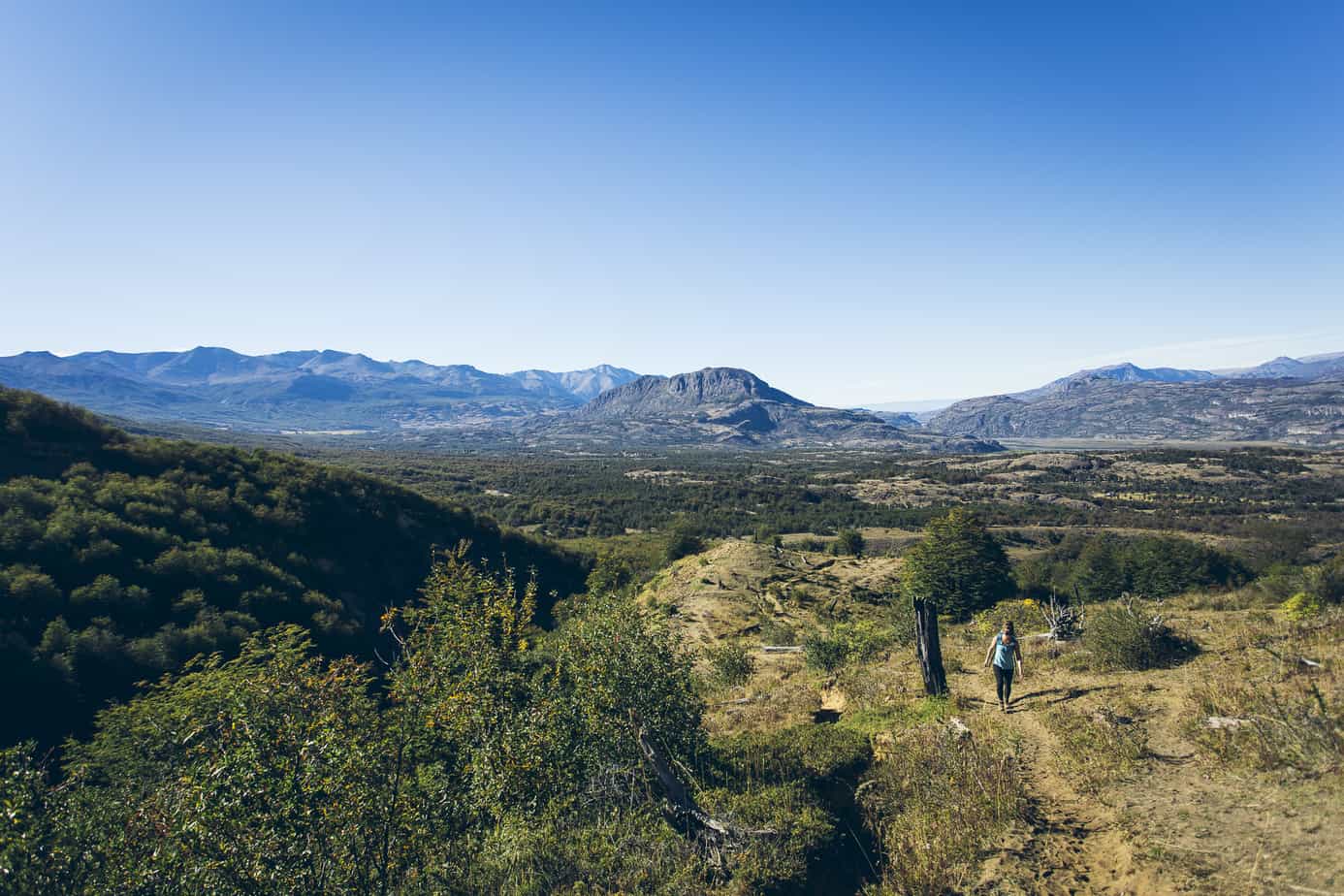







If you would like to drive the Carretera Austral before it is completely paved you better get down here before 2018, as that is the proposed project end date!
Wild rose hips were a common sight on the roadside. These little nuggets contain 50 percent more Vitamin C than oranges and one tablespoon of the pulp provides more than the daily recommended intake of Vitamin C.
We spotted this legitimate Argentinian rig in Puerto Rio Tranquilo. Richard eventually found their blog, Llevados por el Viento. We wish these folks a safe journey up to their eventual destination of Fairbanks, Alaska.
The Marble Caves or Catedral de Marmol were a must-see for us. This was another location I remember seeing on various overlander travel blogs, and it felt so strange to be there in person. We wanted to kayak through the caves, but following Doug Tompkins’ death it became mandatory to hire a boat with a guide. I understand this is no longer the case and tourists are now permitted to kayak in the area. We conveniently arranged the boat ride at our campsite.
We met up with an incredibly friendly Dutch couple, Jan and Margriet (of De Einder Voorbij – Beyond the Horizon), to share the cost of the boat. Jan has been capturing many of their travel experiences from Europe, Africa, and South America on video, and you can watch their video of the Marble Caves (and many others) on his YouTube page here.
Glacial sediment causes the lovely blue-green hue of the water on Lake General Carrera. The Marble Caves have been formed over the last 6,000-plus years due to erosion caused by weather and water.




Jan and Margriet described their remote journey through Kenya and mentioned teaming up with several others, including a Dutch couple on motorcycles. It turned out that couple was Peter and Leonie, whom we met in Salento, Colombia. Jan took a group photo of us, emailed it to Peter and Leonie (who were in Asia at this point), and we all had a good laugh about how small this world really is.
The next morning we waved goodbye to Jan and Margriet and continued south as they continued north.
This is the spot where Río Baker meets up with Río Nef. Notice the difference in water colour. The enormous volume of water running through Río Baker makes it Chile’s largest river. It was also the subject of controversy in the past several years, as the river was the proposed site of a major hydro-electric project involving five dams. The project was heavily opposed by Chilean and international environment activist groups, and in 2014 the government canceled the project.
Unfortunately, this time around we didn’t complete the entire Carretera Austral, heading into Argentina instead of continuing to Villa O’Higgins, which would have added another 500 kilometres round-trip. We did, however, pass through Parque Patagonia on our way to the Argentinian border.
Another birth-child of the Tompkins Conservation team, Patagonia Park encompasses 200,000 acres of grassland restoration offering a multitude of activities, accommodations, and volunteer opportunities for its visitors. For us, it offered up some spectacular scenery (including rheas and guanacos) and vast landscapes as we made our way through the park towards the Paso Roballos border crossing into Argentina.
For more incredible photos and stories, follow Desk to Glory’s adventures on the pages below!



















